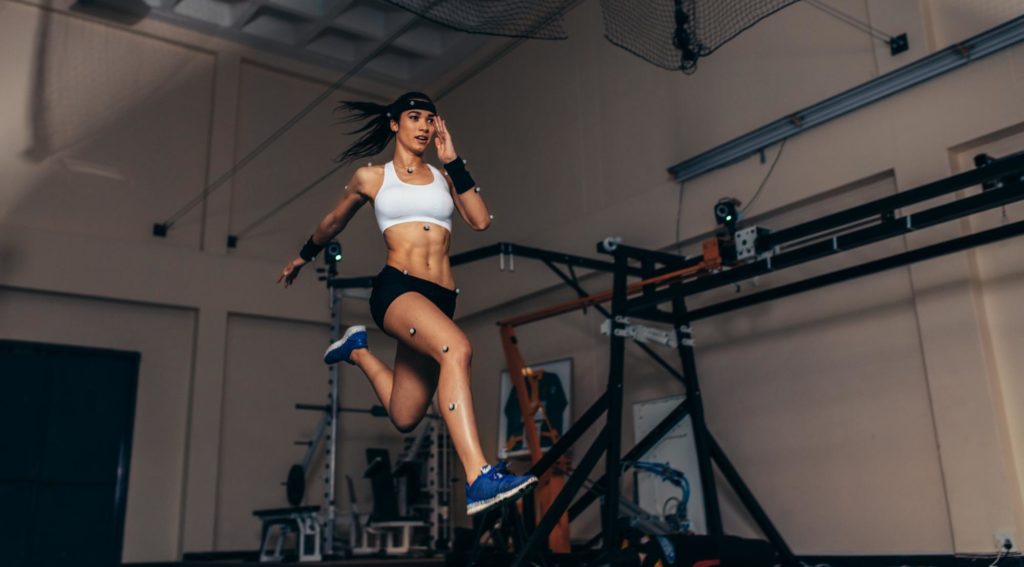Motion capture, also called performance capture or mo-cap, is a technology that blends real life and animation, allowing you to film someone live and transfer them into computerized form.
How motion capture works
To capture motion, mo-cap specialists place sensors all over an actor. These track and record their movements, allowing them to be mapped on a computer screen in real time as a virtual 'skeleton'. Animators then use computer programs to overlay information on top of the movements, creating a virtual set for the movement to take place in.
This technology is used beyond the big screen - sports and athletics do a lot of work with motion capture technology. When I go to bike fittings, I’m connected to a web of motion sensors and wires so they can track and analyse my movements. As I pedal, a computer shows a diagram of all the sensors as they move with me. This allows me to see how I am positioned and how I move while on the bike. I can even see how my posture changes when the seat or handlebars of the bike are adjusted.

The history of motion capture
Motion capture is actually a descendant of one of the oldest animation techniques, known as rotoscoping. This is the process of tracing over live action footage to make an animated film. In the early days of animation, this was the preferred method to create realistic humanoid characters. Most famously, it was used to create Snow White in Walt Disney’s Snow White And The Seven Dwarfs, the first ever animated theatrical film. Some movies have even been animated entirely through rotoscoping!
Motion capture is a result of combining rotoscoping with newer computer technology, allowing people to use live footage as the basis for animation without having to go through the process of drawing over it. However, it was still only relatively recently that motion capture started to see significant use in live-action films. The real breakthrough was the Lord Of The Rings trilogy, where the character of Gollum was created entirely through motion capture, revolutionizing people’s ideas about what the technique could do.
Motion capture today
Since then, movies with major characters made with motion capture have become more common, and the technology has advanced as well.
Now, mo-cap actors will put on a full body suit covered in tracking dots, which corresponds to key positions in computer generated image (CGI) model. The camera records the position of the dots and the changing distances between them, building a framework to base the animation on. The suits allow the filmmakers to record their entire bodies, but there are other methods that can be used to motion track a specific part of the body. For example facial mo-cap is used to create realistic facial animations, like Benedict Cumberbatch as Smaug in The Hobbit trilogy.
Explore the science behind filmmaking.
Our new exhibition, James Cameron — CHALLENGING THE DEEP uncovers the technologies that made some of the most iconic movies of our time possible.
